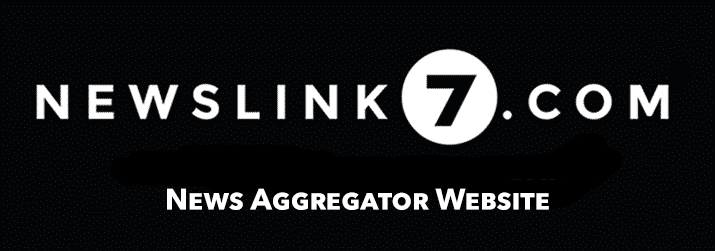Donald Trump’s Vision for a Second Term: Policy Highlights and Proposals
With a promise of sweeping reforms, former President Donald Trump outlines a bold, controversial agenda for his second term. From immigration crackdowns to restructuring federal institutions, Trump envisions a blend of traditional conservative principles with populist policies aimed at reshaping America’s role on the global stage and addressing domestic issues.
Immigration Reform and Border Security
Trump’s immigration policies focus on heightened border security, with pledges to implement one of the largest deportation programs in U.S. history. His plan includes using the National Guard and enhancing police powers to enforce immigration laws. Additionally, Trump proposes “ideological screening” for potential immigrants, ending birthright citizenship, and reinstating policies like “Remain in Mexico” to limit both legal and illegal immigration.
Abortion and Conservative Values
While Trump takes credit for the Supreme Court’s decision to overturn Roe v. Wade, he has not explicitly endorsed federal abortion restrictions. Emphasizing states’ rights, Trump’s approach leaves room for conservative allies to seek a national abortion ban through the 14th Amendment’s equal protection clause, hinting at potential federal legal battles.
Economic Policy and Tax Reform
Trump intends to extend his 2017 tax cuts, lowering the corporate tax rate to 15% and benefiting high-income earners. He also proposes tax exemptions for Social Security, earned tips, and overtime wages, aimed at supporting working-class Americans. However, depending on legislative implementation, these changes might indirectly benefit top earners.
Trade and Tariff Protectionism
With a protectionist approach, Trump plans to impose tariffs on foreign goods, with rates potentially reaching 20%. He aims to prioritize American manufacturing, mandate U.S. sourcing of essential medications, and restrict Chinese investment in critical infrastructure, potentially sparking trade tensions.
Civil Rights and LGBTQ Policies
Trump has pledged to eliminate government diversity, equity, and inclusion (DEI) programs, advocating for traditional gender definitions. His plan includes restricting Title IX protections for transgender students and barring transgender participation in girls’ sports, aligning with a conservative stance on social issues.
Regulatory Rollbacks and Executive Power
Trump envisions an empowered executive branch with reduced federal regulatory oversight. His plan includes lowering energy costs by boosting fossil fuel production and easing regulations to promote development. He also proposes making it easier to terminate federal employees, aiming to consolidate presidential authority.
Education Reform
Trump’s second term could see the Department of Education under threat. He aims to eliminate tenure, promote merit-based pay, and withdraw funding from institutions promoting Critical Race Theory or gender-focused education. Trump also proposes reforms in higher education, including taxing large university endowments and establishing an online “American Academy” for non-political credentials at no cost.
Social Security and Medicare
Trump pledges to preserve Social Security and Medicare. However, his tax exemptions on tip and overtime wages could impact funding if payroll taxes are reduced. His stance on Medicaid remains less defined, though his first administration endorsed state-level work requirements.
Healthcare and the Affordable Care Act
Trump continues to advocate for repealing the Affordable Care Act, without a specific replacement plan but suggests collaborating with Robert F. Kennedy Jr. on alternative health policies. This partnership indicates Trump’s alignment with certain anti-vaccine and anti-pesticide views, potentially influencing public health policy.
Climate, Energy, and Infrastructure
Rejecting climate change concerns, Trump emphasizes fossil fuel reliance. He proposes ending electric vehicle incentives, focusing infrastructure spending on traditional transportation, and rolling back fuel efficiency standards, contrasting with current environmental policies.
Workers’ Rights and Union Policies
Trump positions his platform as pro-worker, yet his stance on union dues and the electric vehicle transition reflects a conservative economic focus. During auto workers’ strikes, he has expressed skepticism toward union leaders, viewing them as complicit in policies that he claims harm workers.
National Defense and Foreign Policy
In foreign policy, Trump favors non-interventionism and emphasizes “peace through strength.” While promising to bolster the military, he criticizes NATO and has praised authoritarian leaders like Hungary’s Viktor Orban and Russia’s Vladimir Putin. His approach could lead to a more isolationist U.S., with an emphasis on domestic priorities.
Trump’s proposals lay out a distinct vision for America’s future, blending populism and conservatism. With plans to consolidate executive power, restructure education, and redefine America’s global role, Trump’s agenda could reshape the nation’s social, economic, and political landscape if enacted.



